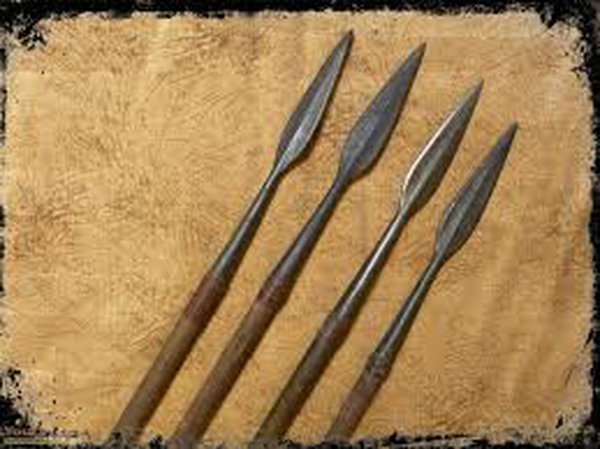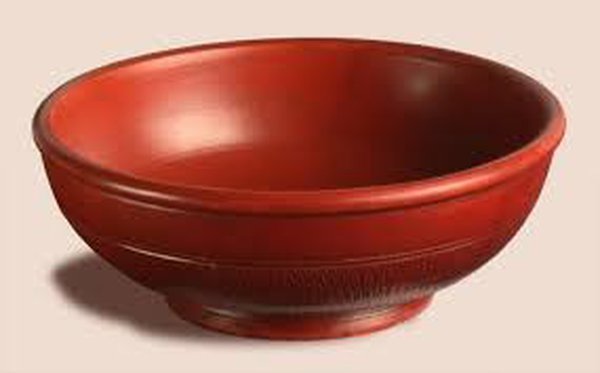Rot and Rust
Evidence from the past
The full activity is available in PDF format which can be downloaded and printed out. Please click here
When archaeologists are digging, they hope to find evidence from the past. Unfortunately, not everything survives so archaeologists never have a complete picture of how people lived in the past.
Objects don’t look the same as they would have done in the past as they generally rot or decay over time.
How well the objects have survived often depends on the materials they were made from.
Organic and inorganic materials
Organic materials are materials that were once alive, such as materials from animals like leather, fur or wool or materials from plants such as wood, linen or paper.
Human and animal remains are also organic matter, but bones and teeth are partly inorganic, so these can survive if the soil is not too acidic.
Organic materials are affected by humidity and air.
They usually decay quite quickly unless they are preserved in special conditions such as very dry desert or very wet ground such as peat bogs or marshland.
Inorganic materials are materials that were never living such as metal, glass, pottery and stone.
Inorganic materials generally survive better than organic materials at most sites although metals can rust or tarnish and pottery or glass break down or erode.
Metals
How well metalwork survives can depend on the type of metal. Different metals decay at different rates.
- Iron decays the most and becomes highly corroded. The original smooth surface no longer survives which is why it is bumpy.
- Copper alloy (copper mixed with other metals) changes from a brass colour to green because of chemical reactions.
- Silver can turn black, white or purple.
- Gold survives best as it does not corrode at all. It comes out of the ground looking exactly as it did when it went into the ground.
Objects and their materials
Look at the replica Roman objects below. What materials do you think they are made of - leather, metal, wood, pottery or stone?





Your turn to be the archaeologist
Archaeologists have found objects like these from Roman times at Segedunum and Arbeia Forts.
They were not buried in ground that was very wet or dry, so organic materials have rotted away, but some of the inorganic materials have survived.
What do you think would be left of each of these objects if they had been buried 2,000 years ago?




